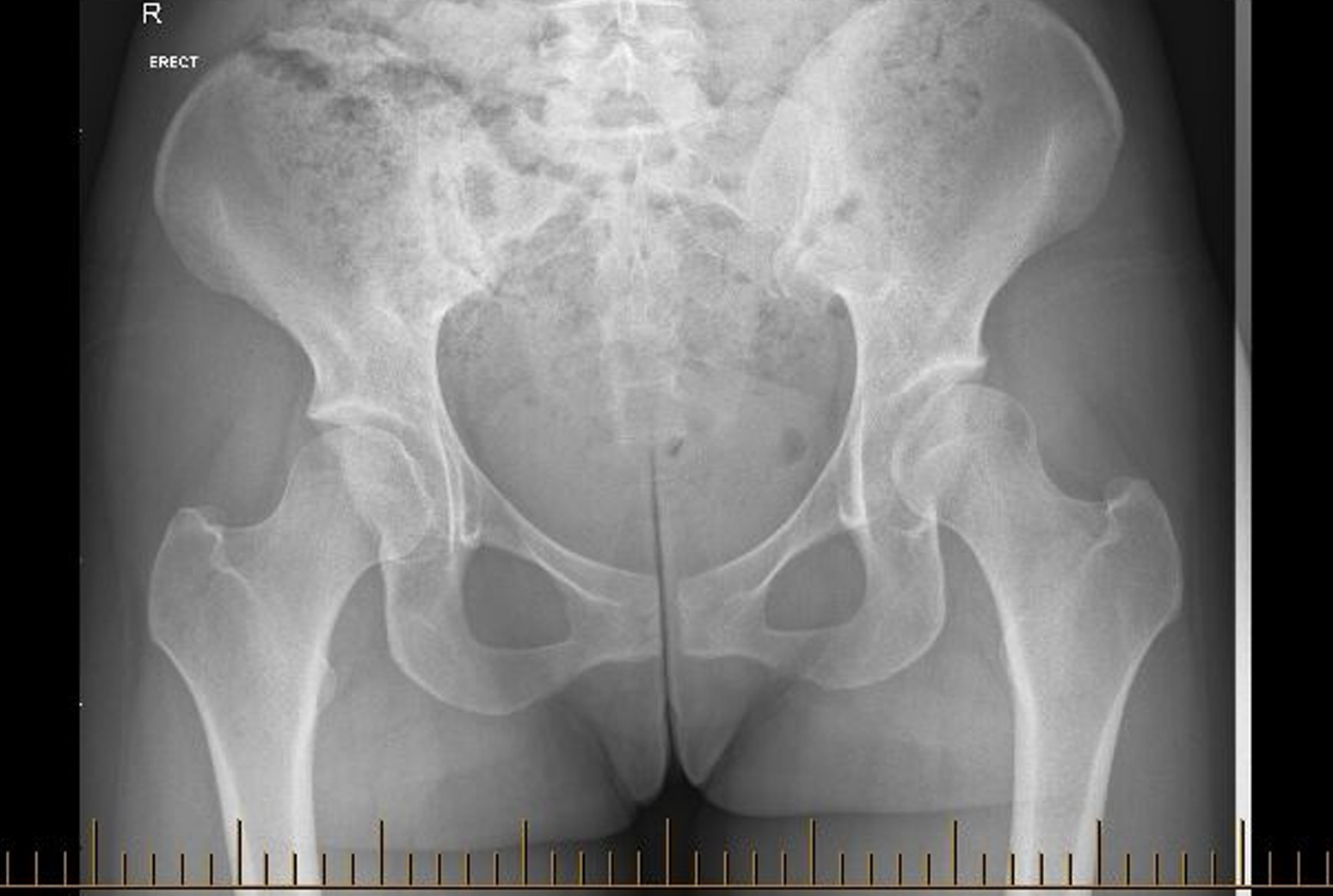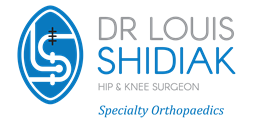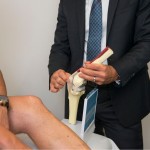Conditions / Hips / Children
Children Dysplasia

Hip dysplasia is a disorder of abnormal development or dislocation of the hip from birth. It is commonly associated with first born, female babies, who may have been breech at presentation or have a family history of it.
It is thought to be caused by laxity in the tissues around the hip joint and mechanical factors. If picked up early (baby screening) it can be treated successfully with little need for surgical intervention. This treatment is usually in the form of braces (Pavlik Harness) and splints. Since children are continually growing this allows for remodelling/self correction of the abnormality ie the hip grows normally as the child grows and develops.
Adults and adolescents can present with hip dysplasia. This is grouped into two forms
- dysplasia that was previously treated
- dysplasia that was not treated
Patients generally present to their doctor complaining of hip muscle fatigue or groin pain (labral tear or overload). Classically activities that combine hip flexion and rotation such as squatting often will bring on this pain. Locking and giving way are also common symptoms.
The hip joint is made up of the ball (top end of the femur bone) and socket (part of our pelvis). Dysplasia is when the ball is not in the centre of the socket. Most of the time adult or adolescent dysplasia will require some sort of surgical intervention. Commonly this involves re-orientation of the hip socket so that it covers more of the ball (periacetabular osteotomy). If left untreated it can progress to early arthritis. In certain circumstances it may be necessary to operate on both the the ball as well as the socket.


